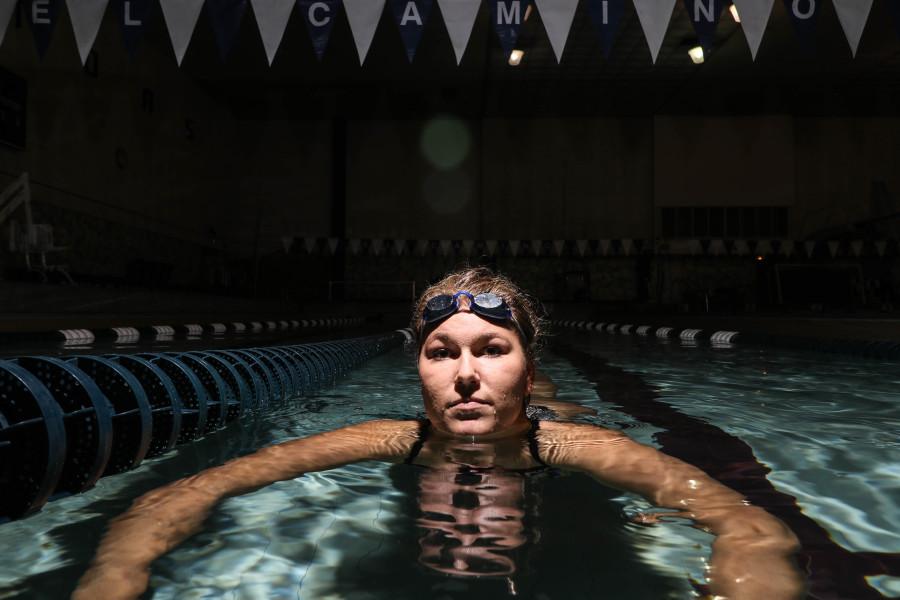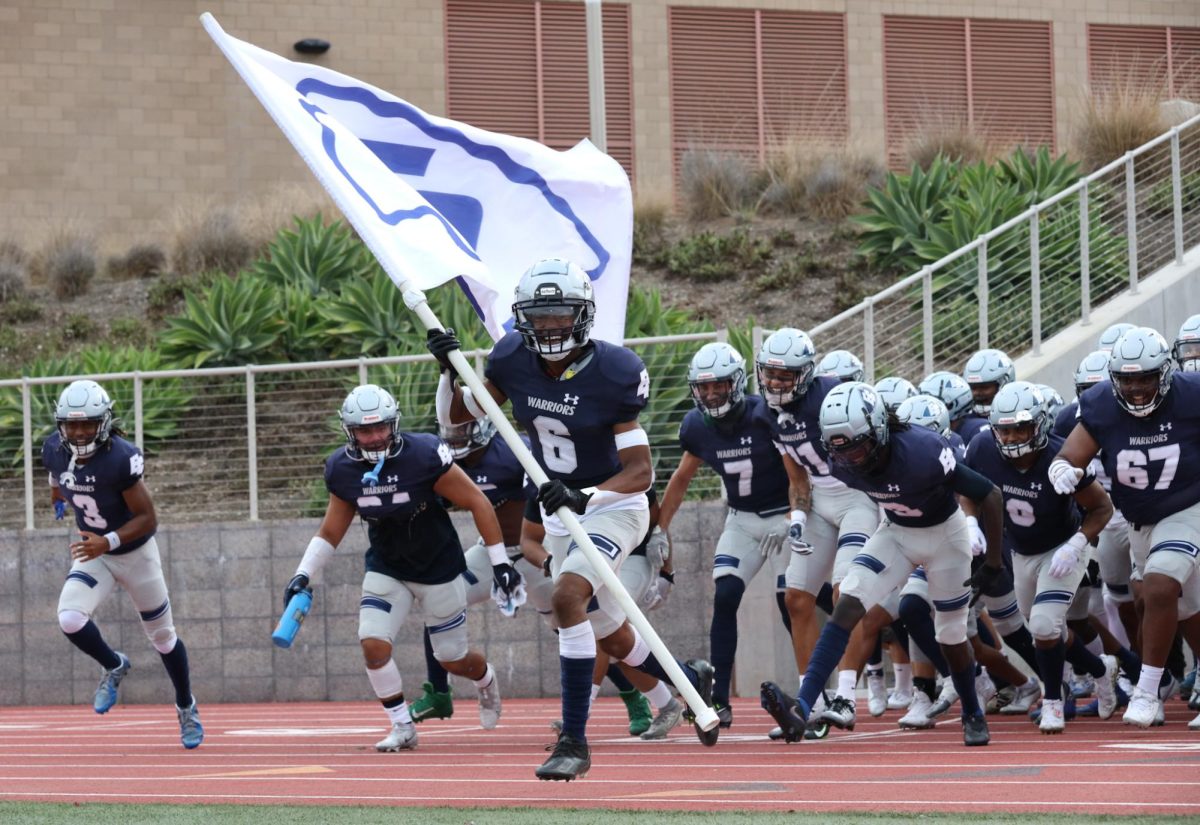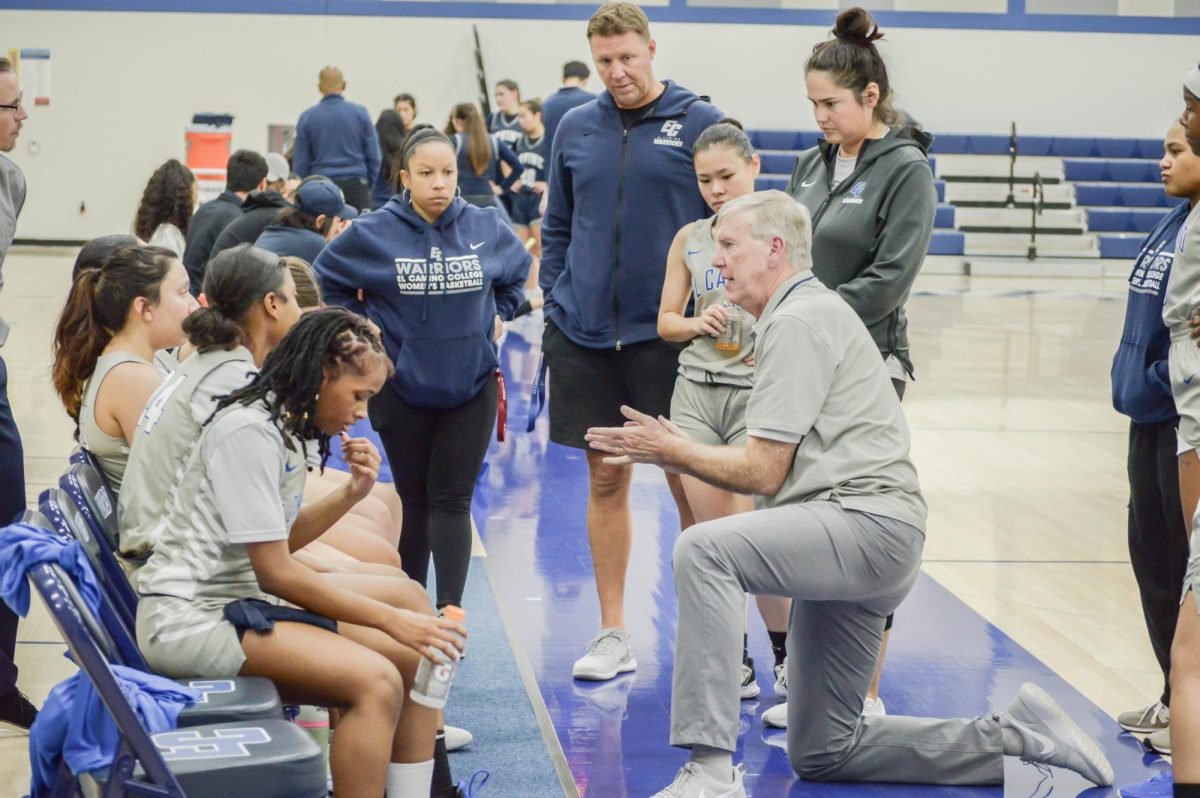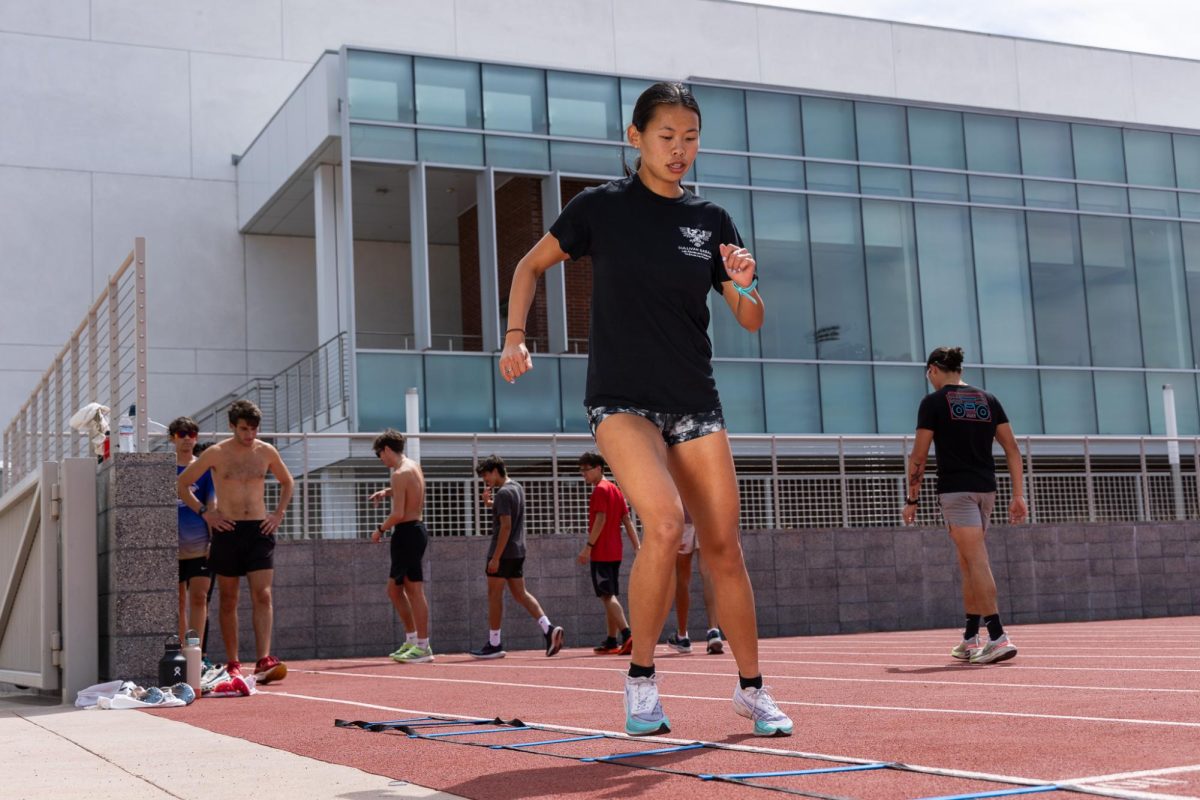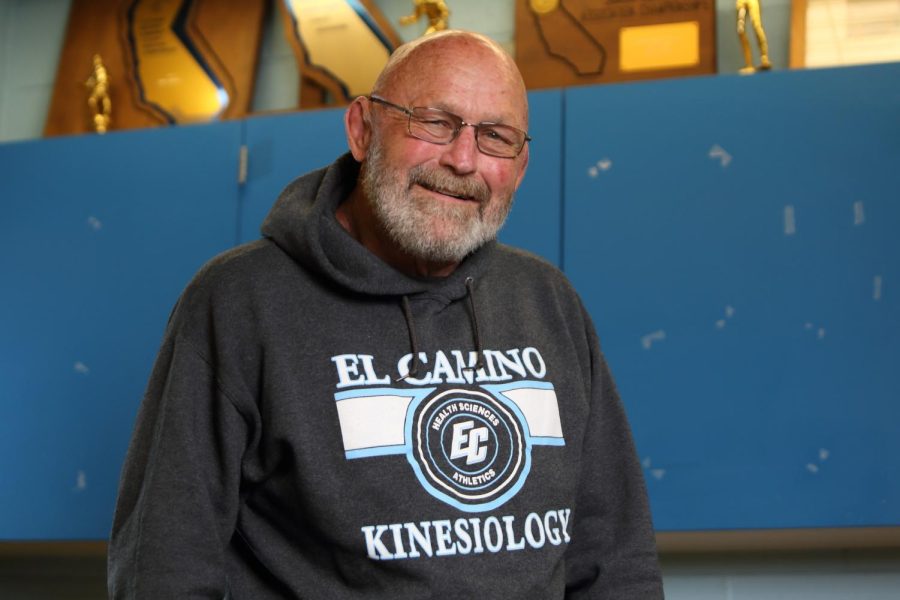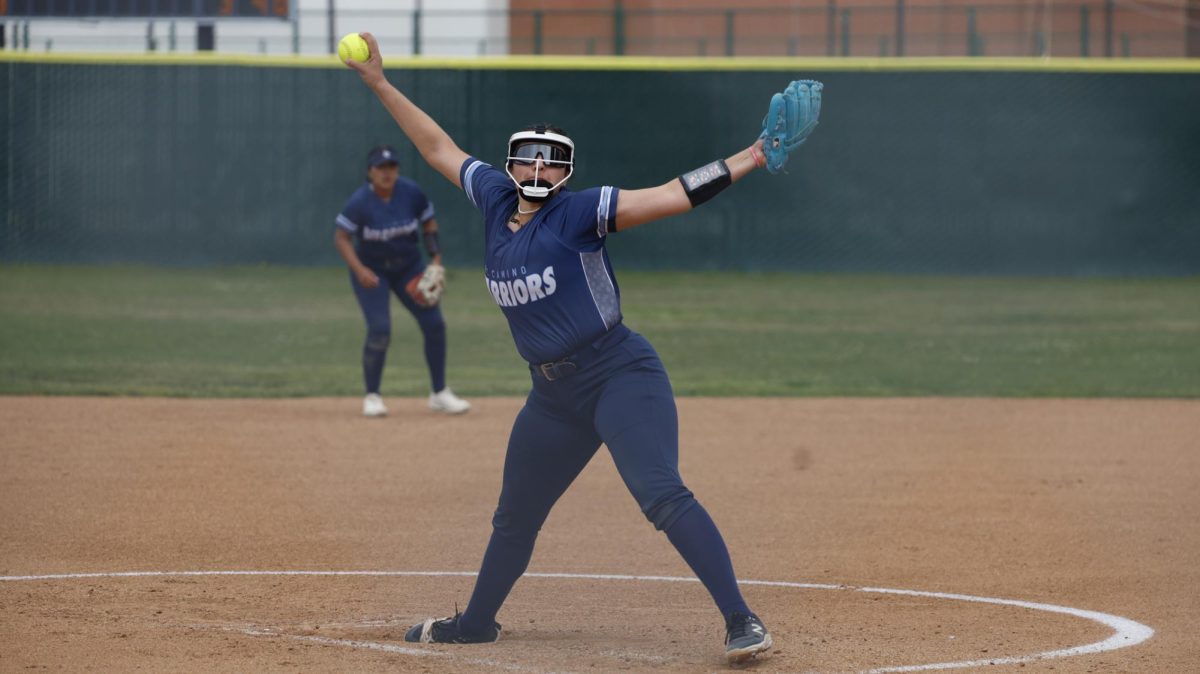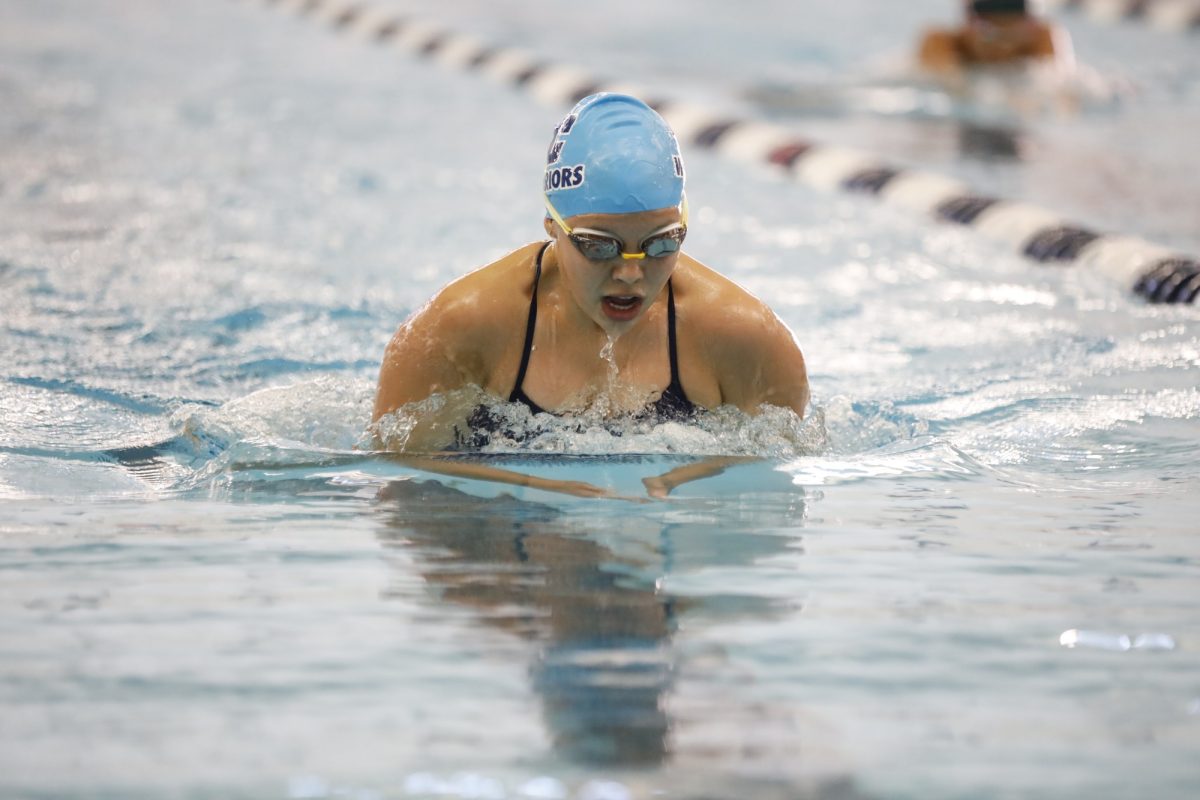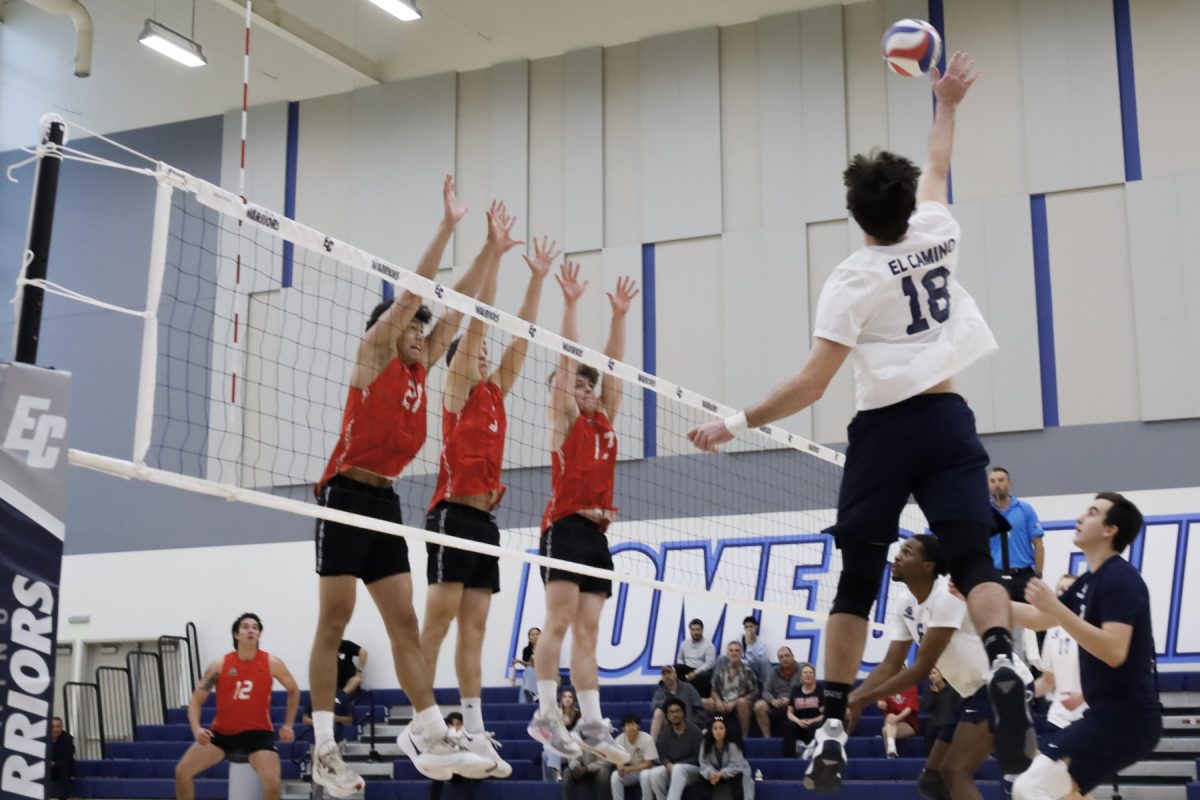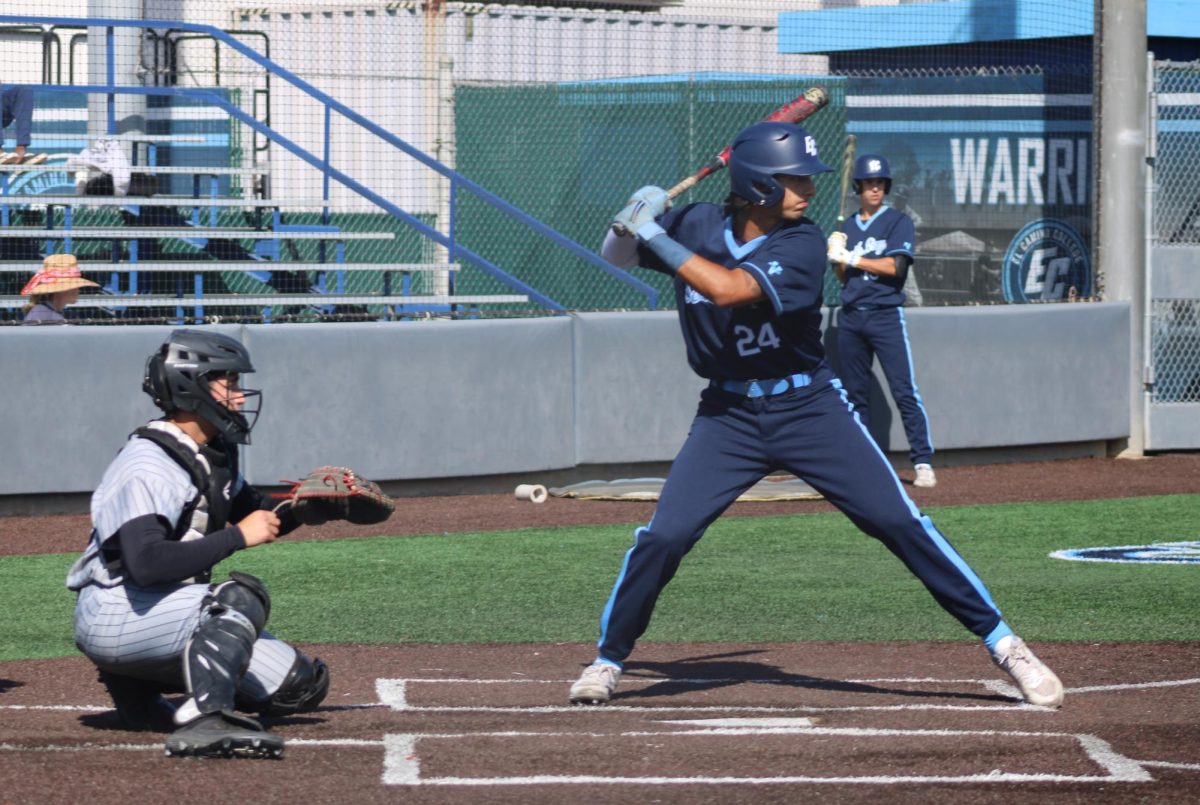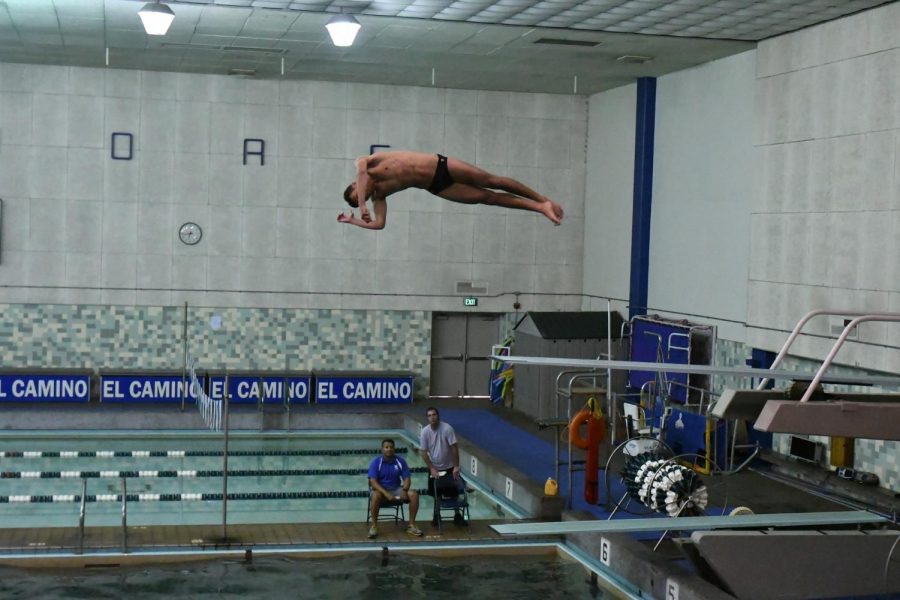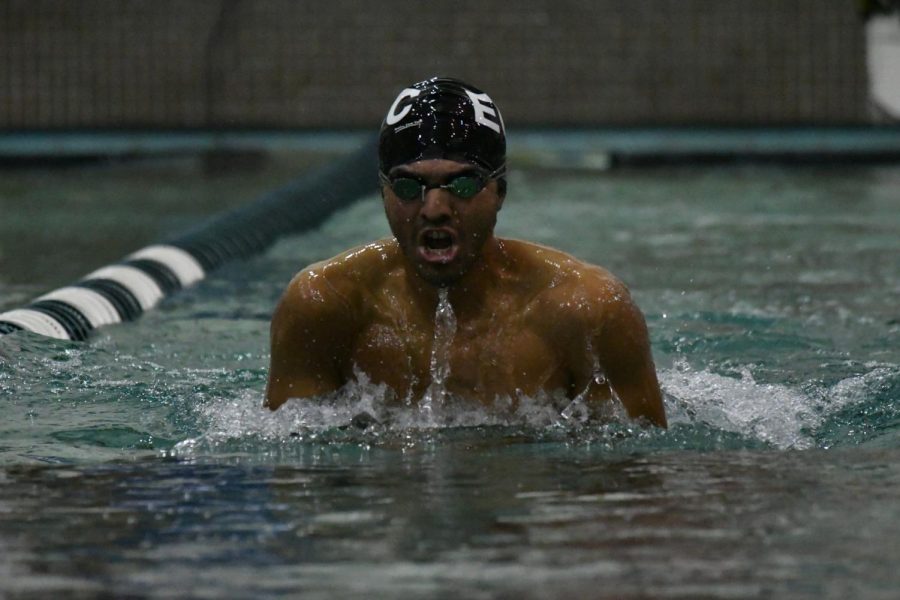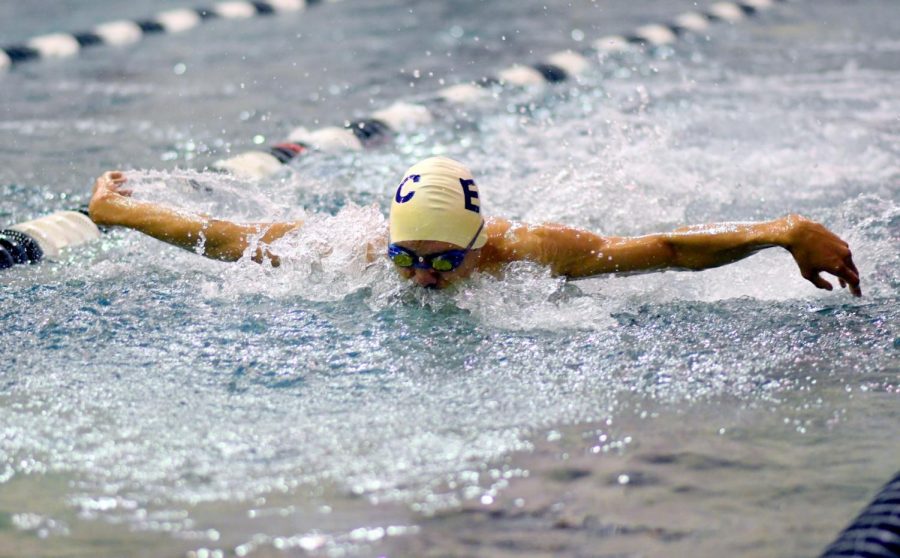It’s 8 a.m. in Dover, England and the temperature reads a cool 58 degrees for the Atlantic Ocean. She covers her body with a triple diaper rash cream to avoid chaffing when swimming, jumps into the open water off the vessel “Louise Jane” and begins her 21-mile swim across the English Channel.
Challenged with drastic conditions, Monica Bender, 20, English major, didn’t know if the unpredictable currents would allow her to find France or not. As she swam up and over the waves, Bender said it was hard to find a rhythm.
“It’s the most mentally frustrating thing I’ve ever been through,” Bender said. “I was three hours from the French coast but the currents were so strong, it felt as if I was swimming in one place.”
Bender said the swim started out calm until the water became choppy and she encountered hundreds of jellyfish. At the halfway point, all she wanted to do was quit.
“I got stung on my hand and it hurt real bad,” Bender said. “I swam with the pain for four hours. You can be the strongest swimmer but if you hit that current wrong, you’re never going to make it. I thought of all the people and the all the work that I’ve done; I just couldn’t give up.”
In September, although she was stung by jellyfish and strong currents kept her from reaching France for three hours, Bender completed the swim in 13 hours and 41 minutes.
Furthermore, only three out of 12 swimmers completed the swim, with Bender finishing first.
“It honestly didn’t hit me when I finished,” Bender said. “My body was completely shut down. The next day I could barley walk.”
In order for swimmers to attempt the English Channel swim, they must be registered with the Channel Swimming Association, which was founded to authenticate swimmers claims to have swum the English Channel, and to verify crossing times, according to the CSA website.
The Channel Swimming Association gives accreditation only to swimmers whose attempts have been observed by CSA officials and who are escorted by pilots using vessels registered with the association, according to the CSA website.
Observer and pilot of the vessel that followed Bender, Andrew King said she made the swim look easy despite rough conditions.
“We had stiff northeast winds but her track was good,” King said. “Watching her swim that day was a great experience.”
The San Pedro native is an avid swimmer who fell in love with the sport when she was in high school, at Mary Star of the Sea. Bender said she joined her first swim team when she was 4 years old.
“It was a love hate relationship with swimming up until high school,” Bender said. “I especially fell in love with distance swimming. I started competing in the 500 and 200, those are the longest events.”
In addition, Bender is a member of El Camino’s 2015 Conference Champion women’s swimming team and a member of a school record in the 800 Free relay in 2014, according to the EC website.
While Bender trained and improved at El Camino, swimming coach Corey Stanbury has watched her grow into a strong distance swimmer.
“I’m so proud of her,” Stanbury said. “Swimming the English Channel is a big deal. She’s a great swimmer and a hard worker.”
With a penchant for open water swimming, Bender decided to swim the English Channel after the swimming season because she felt in the best shape.
“Corey got me in shape for distance during the season and I continued the training during the summer,” Bender said. “I want to complete the Triple Crown of Open Water swimming.”
Membership in the Triple Crown of Open Water Swimming requires the authenticated completion of three famous marathon swims around the world: 21 miles across the English Channel between England and France, 21 miles across the Catalina Channel in Southern California and 28.5 miles around the Manhattan Island in New York, according to openwaterswimming.com.
Having already completed the Catalina Channel swim when she was 17 years old, Bender said the English Channel is the toughest out of the three swims and is glad she was able to finish.
“In the Catalina swim, I had beautiful flat water,” Bender said. “All I had to do was swim from one point to the other. The English Channel is so much colder and you never know if the currents will allow you to make it to France.”
Bender, who is transferring to the University of Montana, said she plans to swim Manhattan Island by the time she finishes school and her goal is to move to Scotland and train for Loch Ness.
“It’s a 45 degree, 25-mile swim across Loch Ness,” Bender said. “I love the exercise, I love the sport, I don’t think I’ll ever give it up.”



